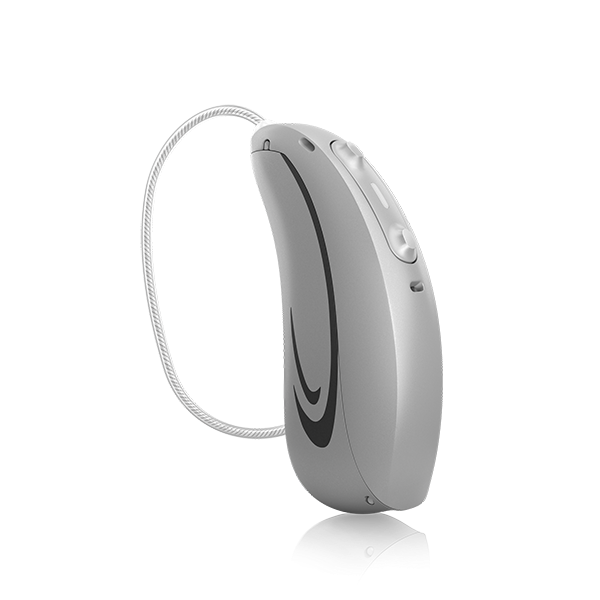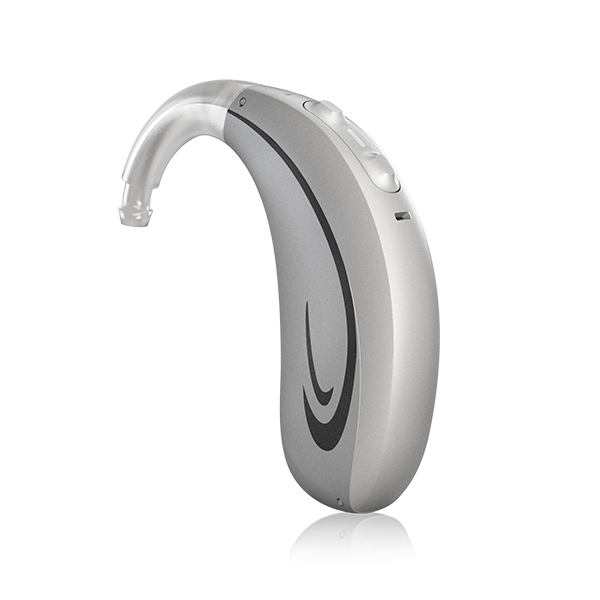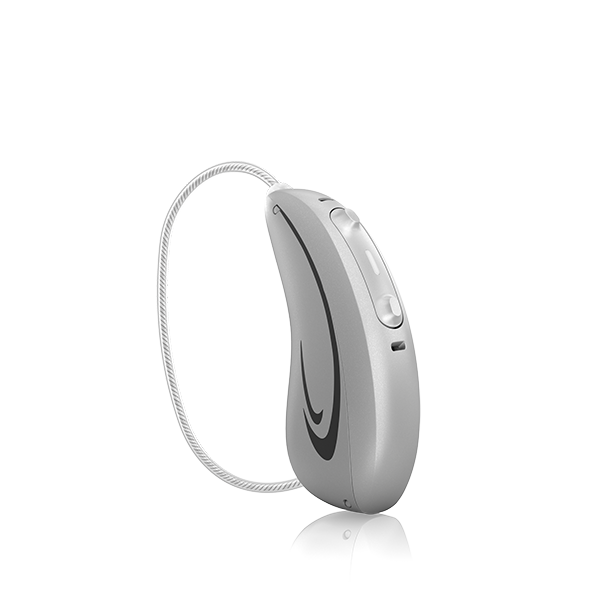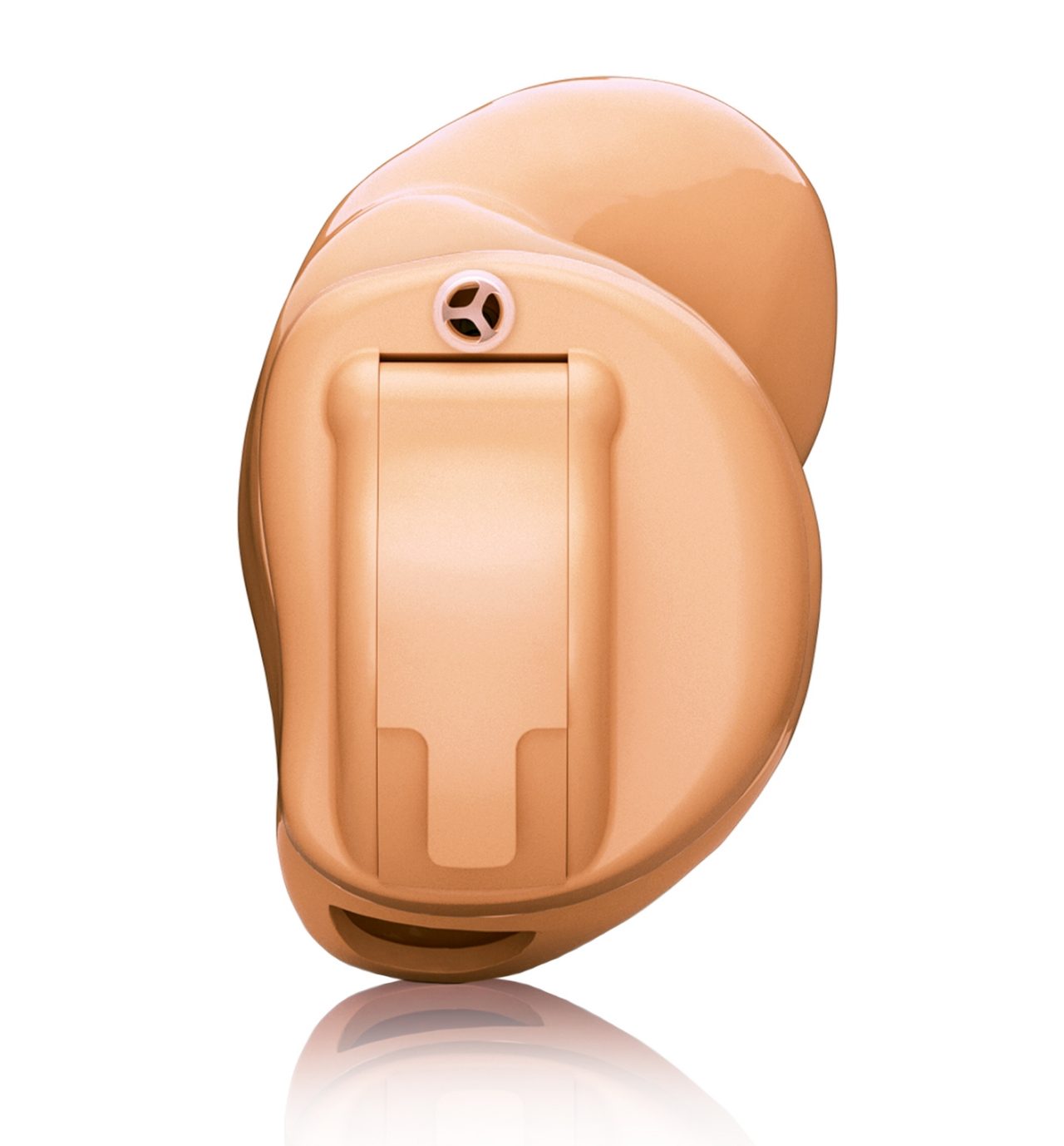Taking care of your hearing aids is time well spent.
Hearing aids are placed in our ear canals every day, so they are constantly exposed to moisture and ear wax – conditions that are not ideal for any piece of technology. It is important to take care of your hearing aids and regularly clean them, so they stay in good condition and function at their best.
Protecting your hearing aids
- Diligent and routine care of your hearing aids contribute to outstanding performance and a long service life.
- Open the battery doors when not in use.
- Always remove your hearing aids when using hair care products. The hearing aids can become clogged and cease to function properly.
- Do not wear your hearing aids in the bath or shower or immerse them in water.
- If your hearing aids do become wet, do not attempt to dry them in an oven or microwave. Do not adjust any controls.
o Traditional batteries: Open the battery doors immediately, remove the batteries and allow your hearing aids to dry naturally for 24 hours.
o Rechargeable batteries: Turn off the hearing aids and dry naturally for 24 hours.
- Protect your hearing aids from excessive heat (hair dryer, vehicle glove box or dashboard).
- Ensure you do not twist or squeeze the wires when your hearing aids are placed in their case.
- Regular use of a dehumidifier, such as a Clean Dry kit, can help prevent corrosion and prolong the life of your hearing aids. Remove batteries before using a dehumidifier.
- Do not drop your hearing aids or knock them against hard surfaces.
Cleaning your hearing aids
General cleaning of hearing aids is fairly similar for each style, however deep cleaning of hearing aids is different depending on the style of hearing aids you own. Check your user guide to find out the style of hearing aids you own and the recommended cleaning steps.
Use a soft cloth to clean your hearing aids at the end of each day. Regular cleaning of the microphone ports with the supplied cleaning brush will ensure that your hearing aids will maintain their sound quality. Your hearing care professional can demonstrate this for you.
Traditional batteries: Place the hearing aids in the case overnight with the battery doors open to allow moisture to evaporate.
Rechargeable batteries: Place the hearing aids in the charger overnight.
- Ear wax is natural and common. Ensuring your hearing aids are free of ear wax is an important step in your daily cleaning and maintenance routine.
- Never use alcohol to clean your hearing aids, earmolds or domes.
- Do not use sharp tools to dislodge ear wax. Sticking household items into your hearing aids or custom molds can seriously damage them.

For Receiver-In-the-Canal (RIC) hearing aids:
Cleaning your custom molds and domes
Clean the domes and molds on the outside daily with a damp cloth.
Avoid getting any water in and around the speaker units and custom molds.
The wires, speakers, domes or custom molds should never be rinsed or submerged in water as water drops may block sound or damage the electrical components of the hearing aids.
Domes should be replaced by your hearing care professional every 3-6 months or when they become stiff, brittle, or discolored.
If your molds require further cleaning, the speaker wax guard may be plugged and require replacing. See your hearing care professional.

For Behind-The-Ear (BTE) hearing aids:
Cleaning your earmolds and earpieces
You should have your tubes replaced by your hearing care professional approximately every three to six months or when they become stiff, brittle, or discolored.
Clean the earmold and the outside of the earhook with a damp cloth at the end of each day. Avoid getting any water in and around the hearing aids.
If the earmolds become plugged, clear the opening with a wax loop or pipe cleaner.
If your physician prescribes eardrops, clean any moisture that may get into the earmolds or tubing to prevent plugging.
If the earmolds require further cleaning:
- Disconnect the plastic tube from the hook of the hearing aid, by holding the hearing aid in one hand and gently pulling the tubing away from the earhook.
- Wash only the earmolds and tubing in warm water with a mild soap.
- Rinse them with cool water and dry overnight.
- Make sure the earmold tubes are completely dry. Reconnect them to the earhook on your hearing aid by sliding the tubing back on to the earhook. Use of a hearing aid blower can assist with removing moisture/debris from the tube. See your hearing care professional for more information.

Cleaning your slim tubes and domes
You should replace the slim tubes and domes every three to six months or when they become stiff, brittle, or discolored.
Clean the outside of the domes at the end of each day with a damp cloth. Avoid getting any water in and around the hearing aids.
You should also clean the slim tubes periodically, with the cleaning pin provided, when you begin to notice debris in and around the tubes.
- Hold the slim tube in one hand and the hearing aid in the other hand.
- Gently turn the hearing aid until it detaches from the slim tube.
- Use a damp cloth to clean the outside of the slim tube and dome.
- Remove the dome from the slim tube by pulling gently, before cleaning the slim tube.
- Using the black cleaning pin provided in the kit, gently insert the cleaning pin where the slim tube attaches to the hearing aid and push the pin all the way through the tube.
Note-: The slim tubes and domes should never be rinsed or submerged in water as water drops may become lodged in the tube, block sound or damage the electrical components of the hearing aid.
6. Once the slim tube has been cleaned, reattach it by gently turning the hearing aid onto the slim tube.
7. Reattach the dome to the slim tube by gently pushing it back onto the threading at the end of the tube. You will feel the dome click onto the ridges of the slim tube, and you won’t be able to push it any further.

For In-The-Ear (ITE) hearing aids:
Cleaning your hearing aids
Use a soft cloth to clean your hearing aids at the end of each day. Regular cleaning of the microphone ports with the supplied cleaning brush will ensure that your hearing aids will maintain their sound quality. Your hearing care professional can demonstrate this for you.
Place the hearing aids in the case overnight with the battery doors open to allow moisture to evaporate.
- Ear wax is natural and common. Ensuring your hearing aids are free of ear wax is an important step in your daily cleaning and maintenance routine.
- Using the brush that was provided with your hearing aids, clean ear wax from your hearing aids every day.
- Never use alcohol to clean your hearing aids.
- Do not use sharp tools to dislodge ear wax. Sticking household items into your hearing aids can seriously damage them.
- Talk to your hearing healthcare professional about regular appointments to have the wax removed from your hearing aids.
For more details, see the HADEO Clean & Care Guide.
HADEO Clean & Care
The exclusive clean & care line for hearing care professionals.
Learn About Hearing
Our ears are complex sensory organs. Hearing well helps keep your brain stimulated.
Hearing Aids
View our latest hearing aids to see which one is right for you.



